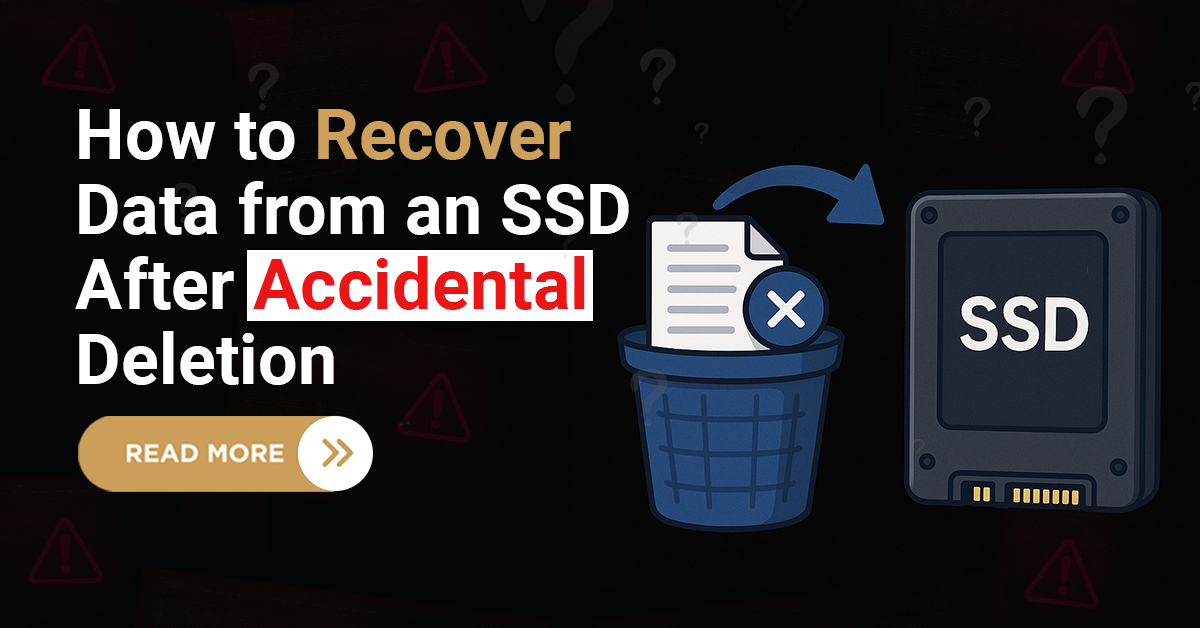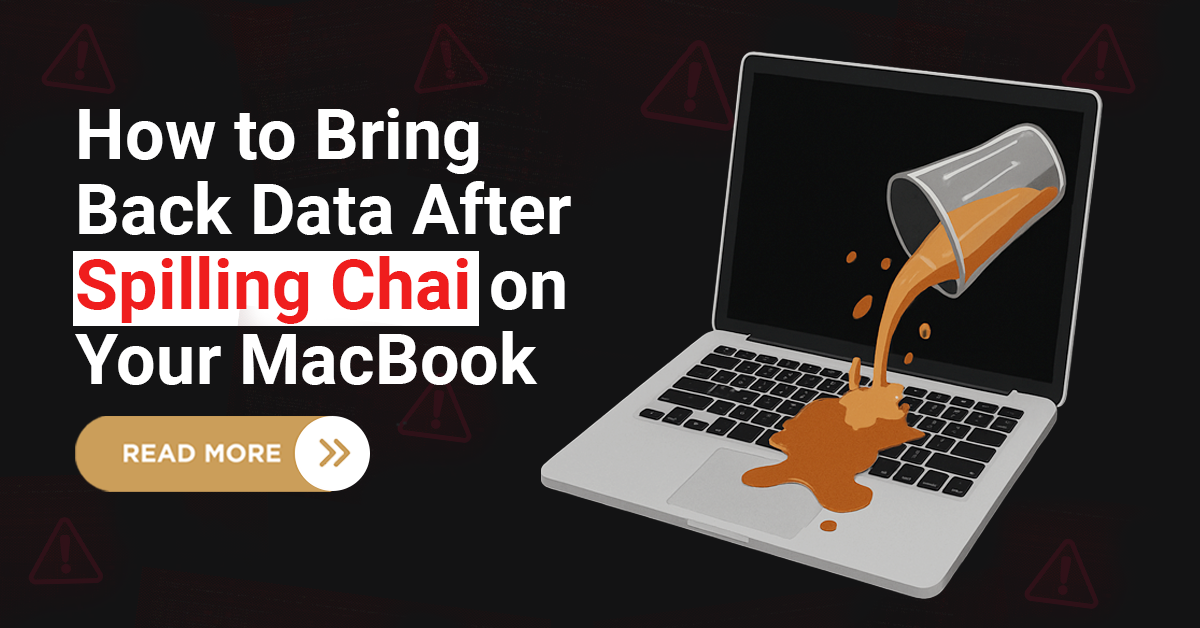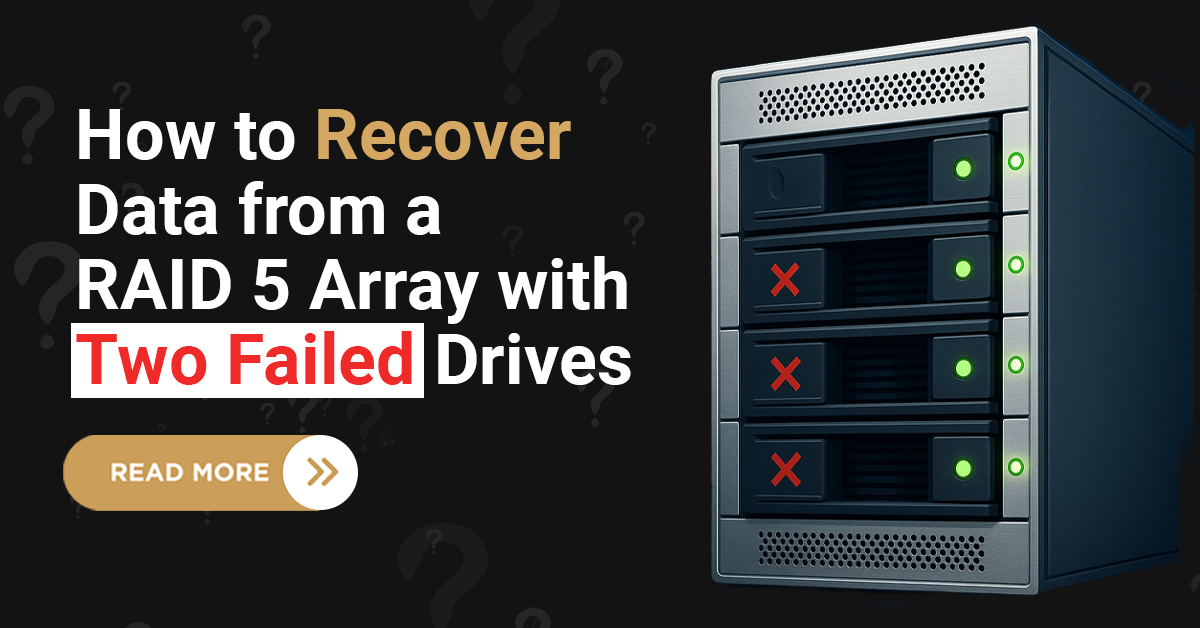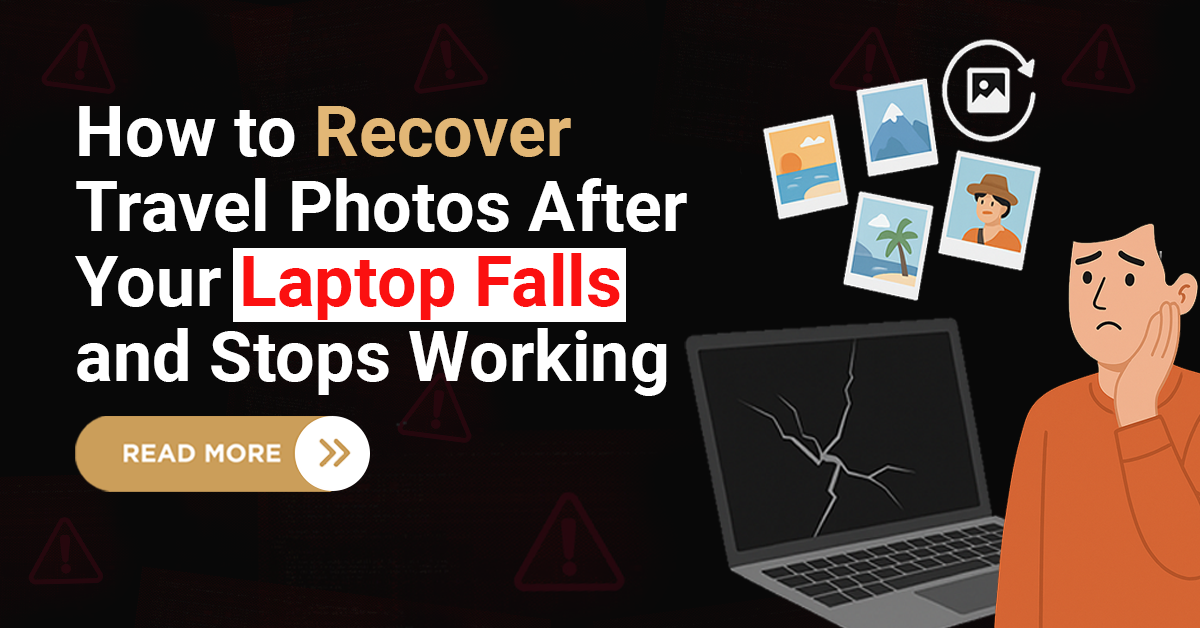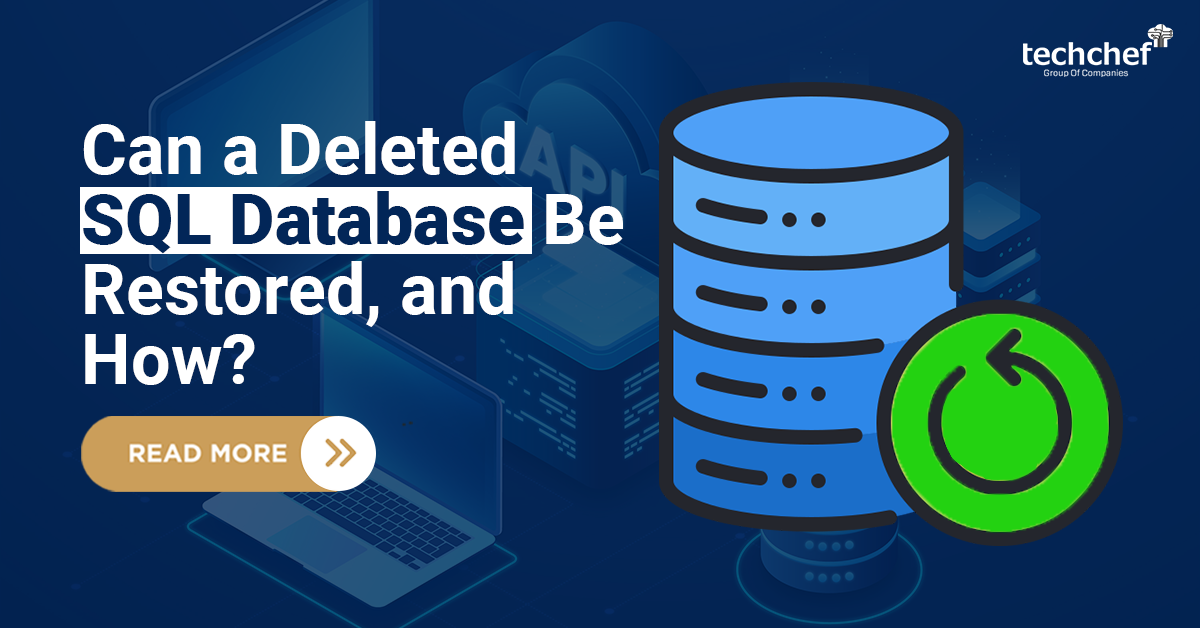RAID is a technology that helps us store data more efficiently and securely. There are different RAID levels to choose from based on our needs. RAID 1, for instance, mirrors data across multiple disks, providing redundancy.
While RAID is great for speed and data protection, it’s not immune to issues like a degraded disk, which can lead to data loss if not solved on time. In this article, we’ll discuss how to fix degraded RAID 1, what causes it, and the precautions you should take when replacing a failed disk.
About RAID1
Redundant Array of Independent Disks (RAID) 1, also known as mirroring, is a popular method for protecting data from drive failures. In a RAID 1 setup, data is duplicated on two separate drives, ensuring that if one fails, the other still holds a complete copy.
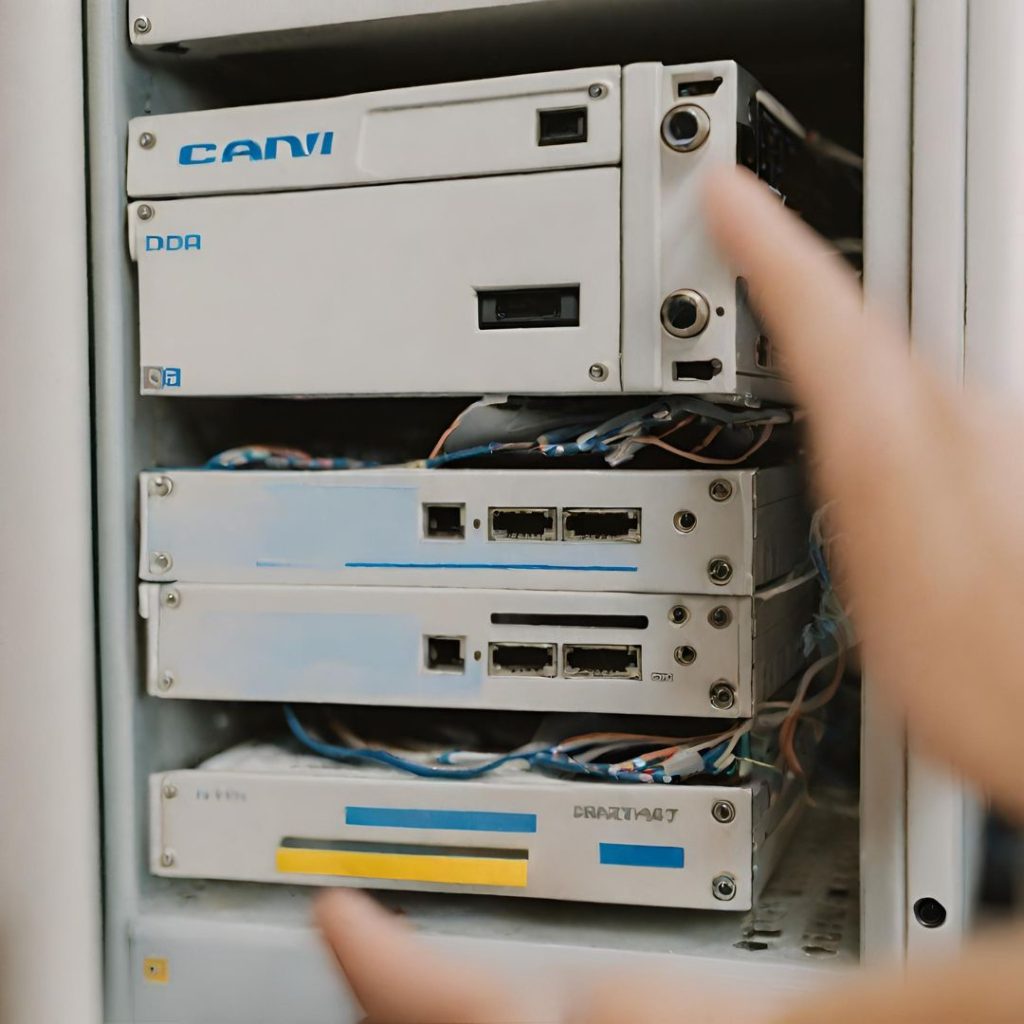
How is RAID1 degraded?
RAID 1 can become degraded primarily due to a failed or malfunctioning disk within the RAID array. When one of the drives in the RAID 1 setup experiences a problem or fails, the RAID 1 array goes into a degraded state. This happens because the mirrored redundancy is gone and the data is no longer mirrored between the two drives. In a degraded RAID 1 array:
One of the drives is no longer operational, making it impossible to maintain the mirrored data setup.
The remaining drive continues to function, but the redundancy and fault tolerance provided by RAID 1 are lost.
What are the Reasons for the Degradation of RAID?
RAID arrays, including RAID 1, can become degraded for many reasons; some of the most common are:-
1. Failed Hard Disk: The most common reason is a failed or malfunctioning hard drive within the RAID array. When a drive fails, the array becomes degraded.
2. Physical Damage to Hard Disks: If the hard disks have physical problems, such as scratches on a platter and damaged spindle or motor, which can lead to a degraded state,
3. Power Failures or Surges: Sudden power failures or electrical surges can affect the operation of the RAID array and cause degradation.
4. Excessive Heat or Poor Ventilation: Overheating due to improper ventilation can damage drives and cause degradation.
How Do You Fix Degraded RAID?
By following these steps, we can easily fix the degraded RAID, including RAID1:-
Step 1. Identify the Failed Drive
The first step is to determine which drive in the RAID 1 array has failed. Most RAID management tools provide a clear indication of the failed drive. Once identified, physically replace the failed drive with a new one of the same or larger capacity. Make sure the replacement drive is compatible with your RAID controller.
Step 2. Rebuild the RAID Array
Once the new drive is installed, you need to initiate the rebuilding process. This is where the data from the healthy drive is copied to the new one. The specific steps depend on your RAID controller or software, but typically, you’ll need to access the RAID management utility and select the option to rebuild the array. This process may take some time, so be patient.
Step 3. Keep Monitoring the Rebuild Process
While the RAID array is rebuilding, keep a close eye on the process. Most management tools provide progress indicators, allowing you to check how far along the rebuild has progressed. Avoid any actions that could interrupt the process during this time.
Step 4. Verify Data Integrity
After the rebuild is complete, it’s essential to verify the integrity of your data. Run a file system check on the RAID volume to ensure that there are no errors or inconsistencies. This step helps confirm that the data on the new drive is identical to that on the healthy drive.
Precautions For Replacing a Failed Disk
When replacing a failed disk in a RAID 1 array, it’s essential to follow specific precautions to ensure a smooth and safe replacement process. Here are some precautions to consider:-
1. Identify the Correct Disk: Double-check that you’re replacing the correct failed disk. Refer to the RAID management software or hardware indicators to confirm the failed drive’s identity.
2. Shut Down the System: Before physically removing the failed disk, shut down the system or server properly. This ensures that all data is flushed, and the replacement can be done safely.
3. Eject or Unplug the Failed Disk: Carefully eject or unplug the failed disk from the RAID array. Be gentle to avoid damaging any connectors or other components.
4. Use a Compatible Replacement: Ensure the replacement drive is of the same make, model, and capacity as the failed disk. Compatibility is important for the RAID array to function correctly.
5. Backup Important Data: Before starting the replacement process, it’s a good practice to back up important data on the RAID array. While RAID 1 provides redundancy, additional data protection measures are wise.
Conclusion
RAID is known for fast working progress and redundancy, fault tolerance, and fault tolerance. If a disk degrades in an array of RAID 1, the redundancy and fault tolerance will be compromised. By following the steps written above, such as identifying the degraded disk and replacing it with a compatible disk, you can easily rebuild your RAID 1.
If you are facing multiple hard disk failures, are unable to identify which disk is degraded, or are facing data loss, don’t worry; data can still be recovered. You just have to contact us at Techchef Data Recovery.
Techchef has multiple years of experience in successfully recovering data from RAID arrays such as RAID 0, RAID 1, RAID 5, RAID 6, and more with guaranteed data security and a seamless data recovery process.
Worry not about RAID failure Just call us at 1800-313-1737 with your query, and our data recovery professionals will help you further.



